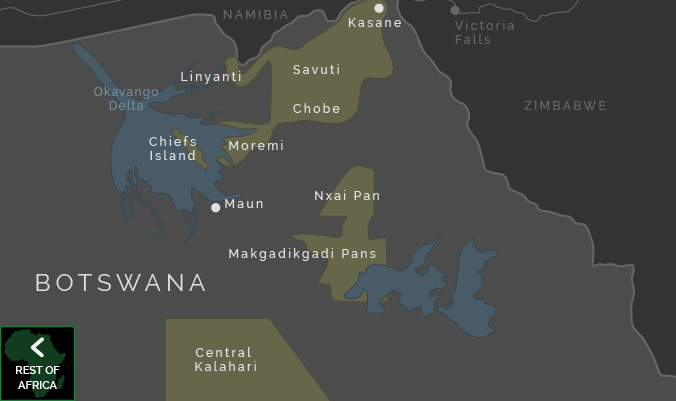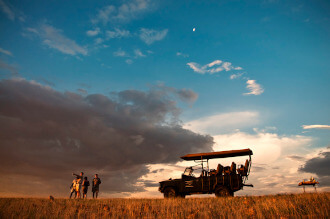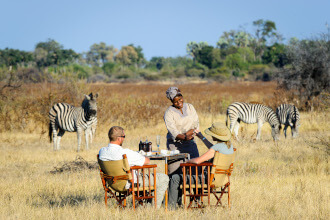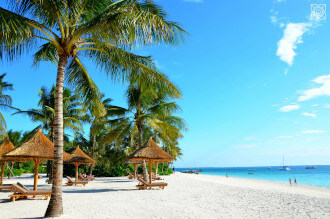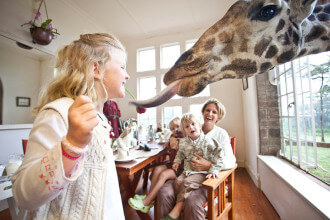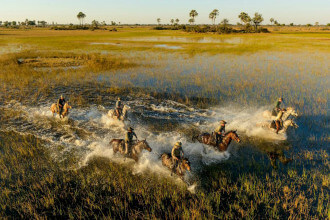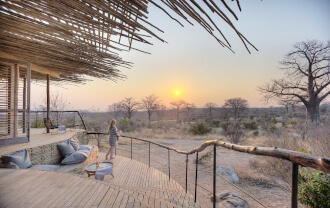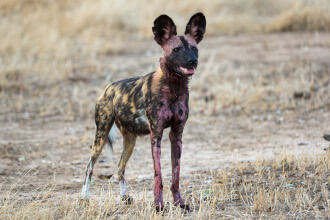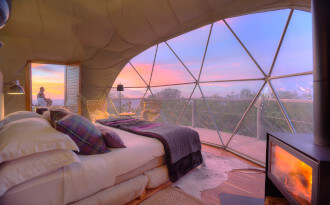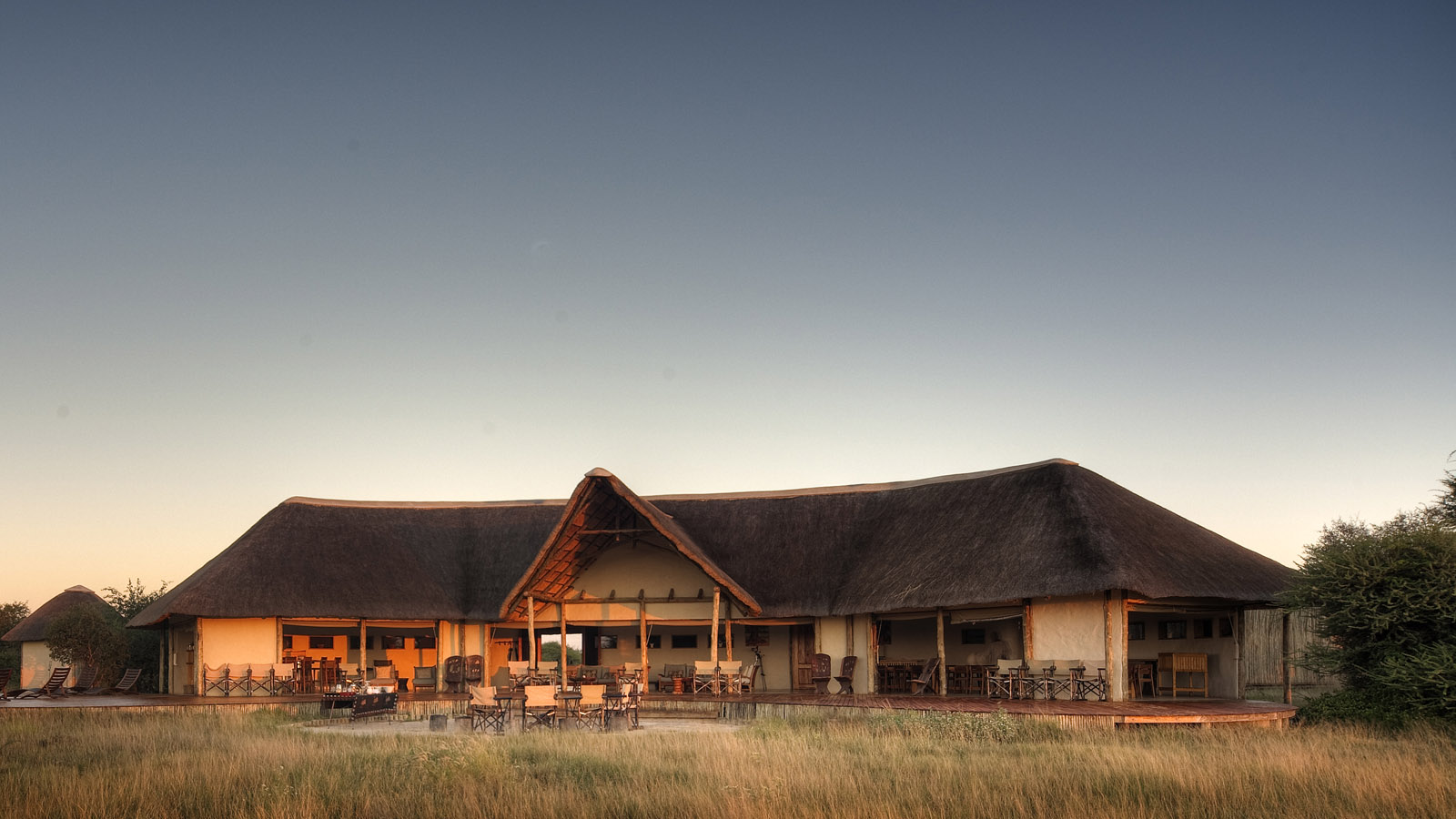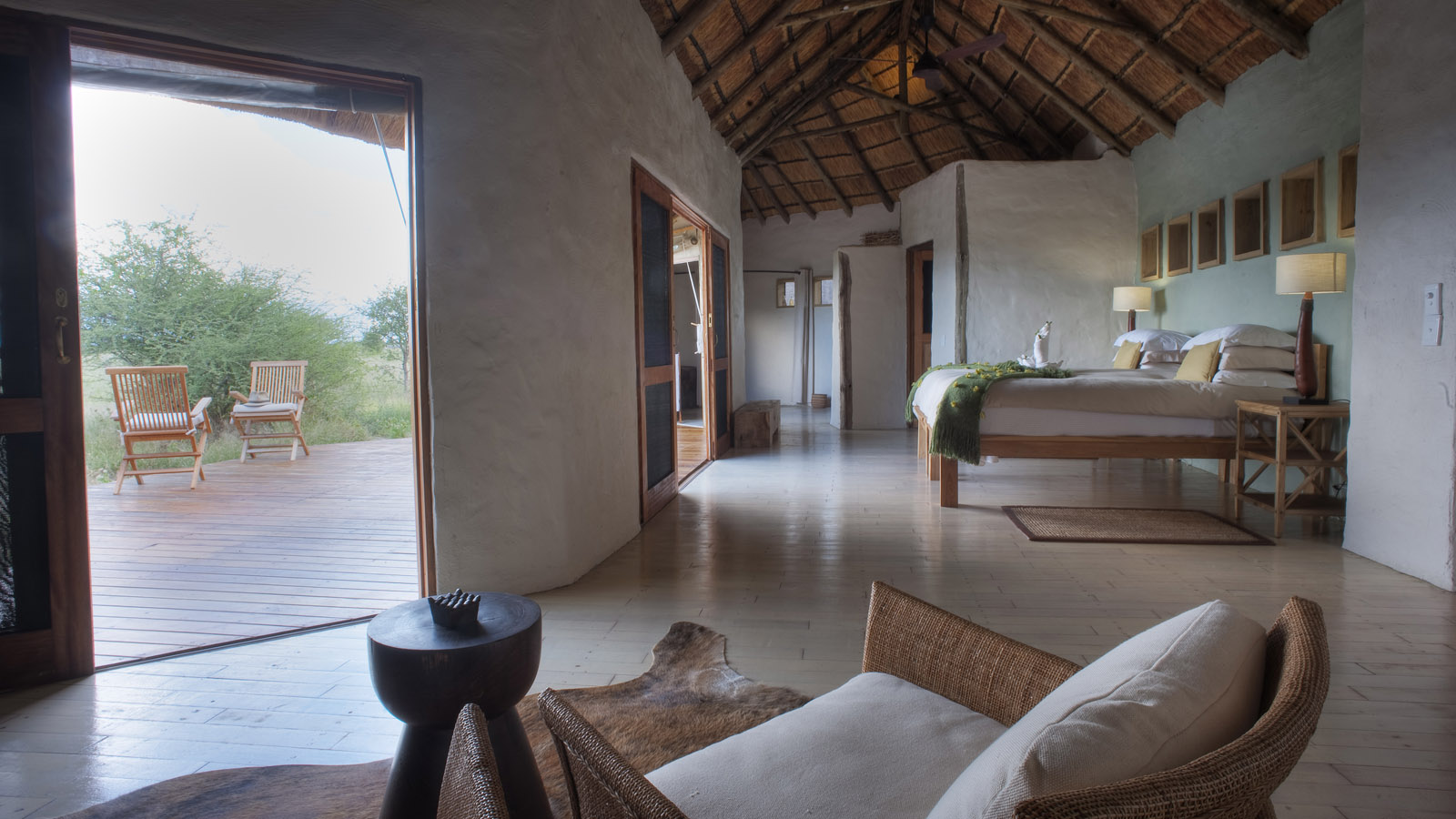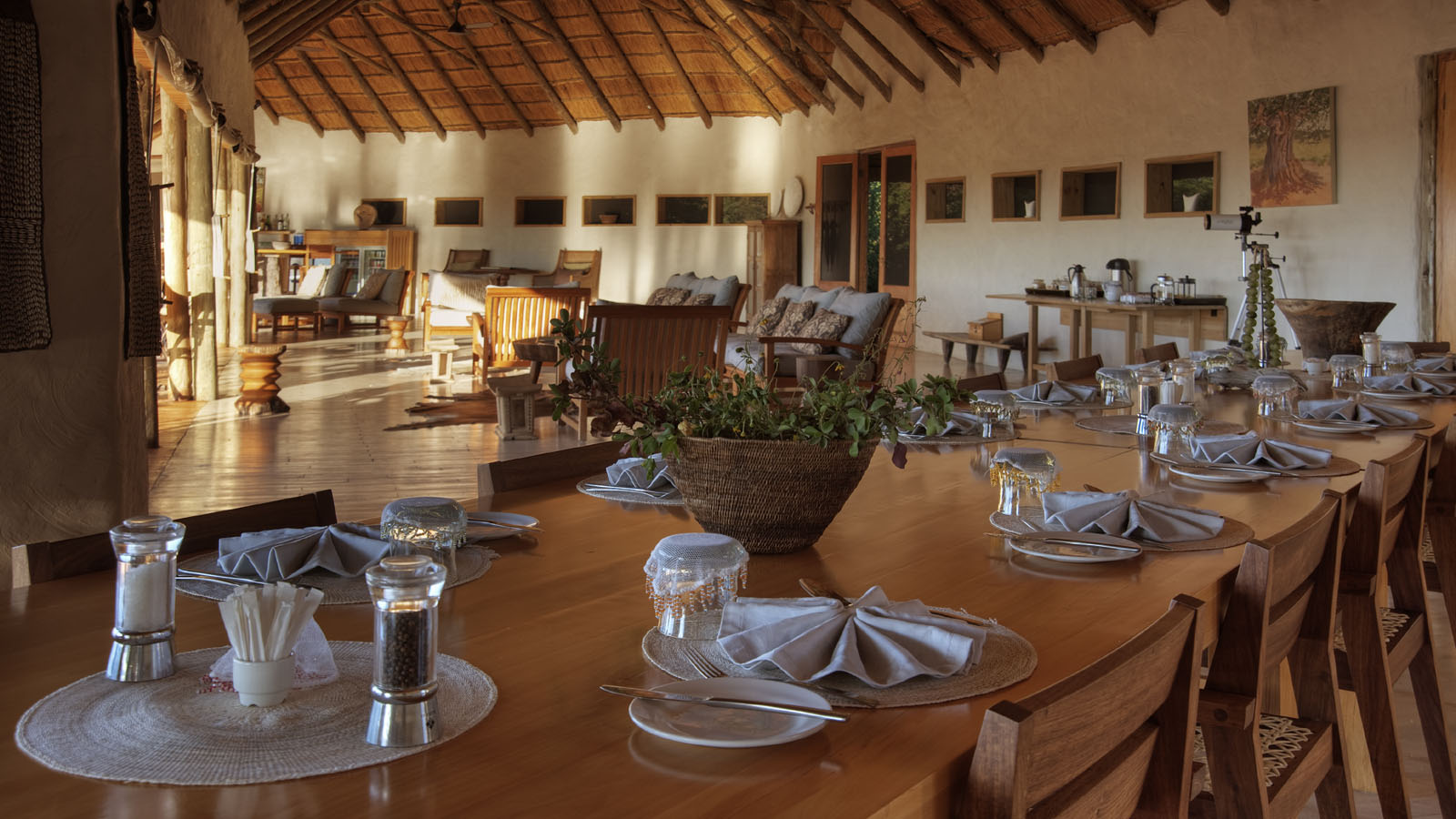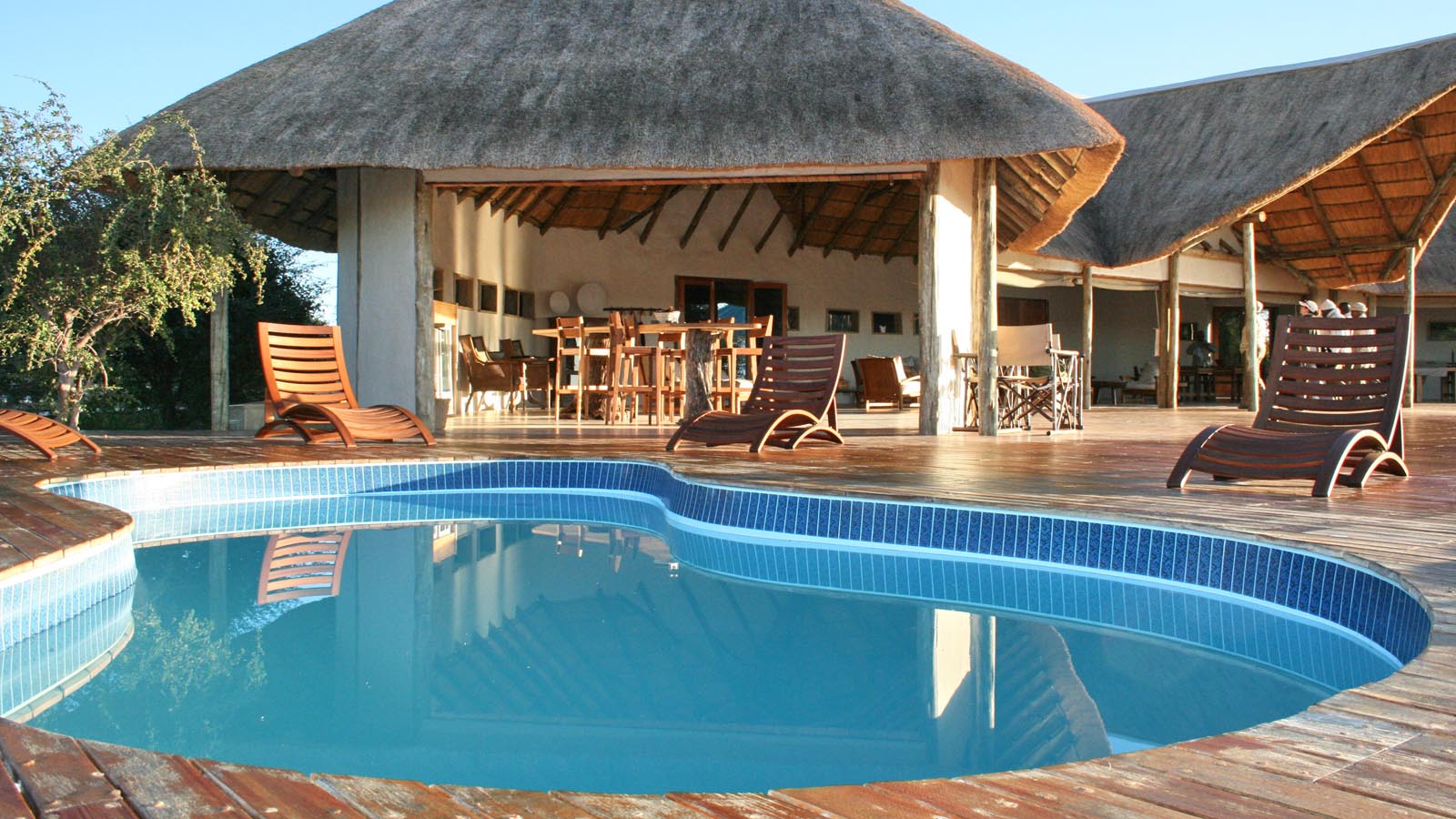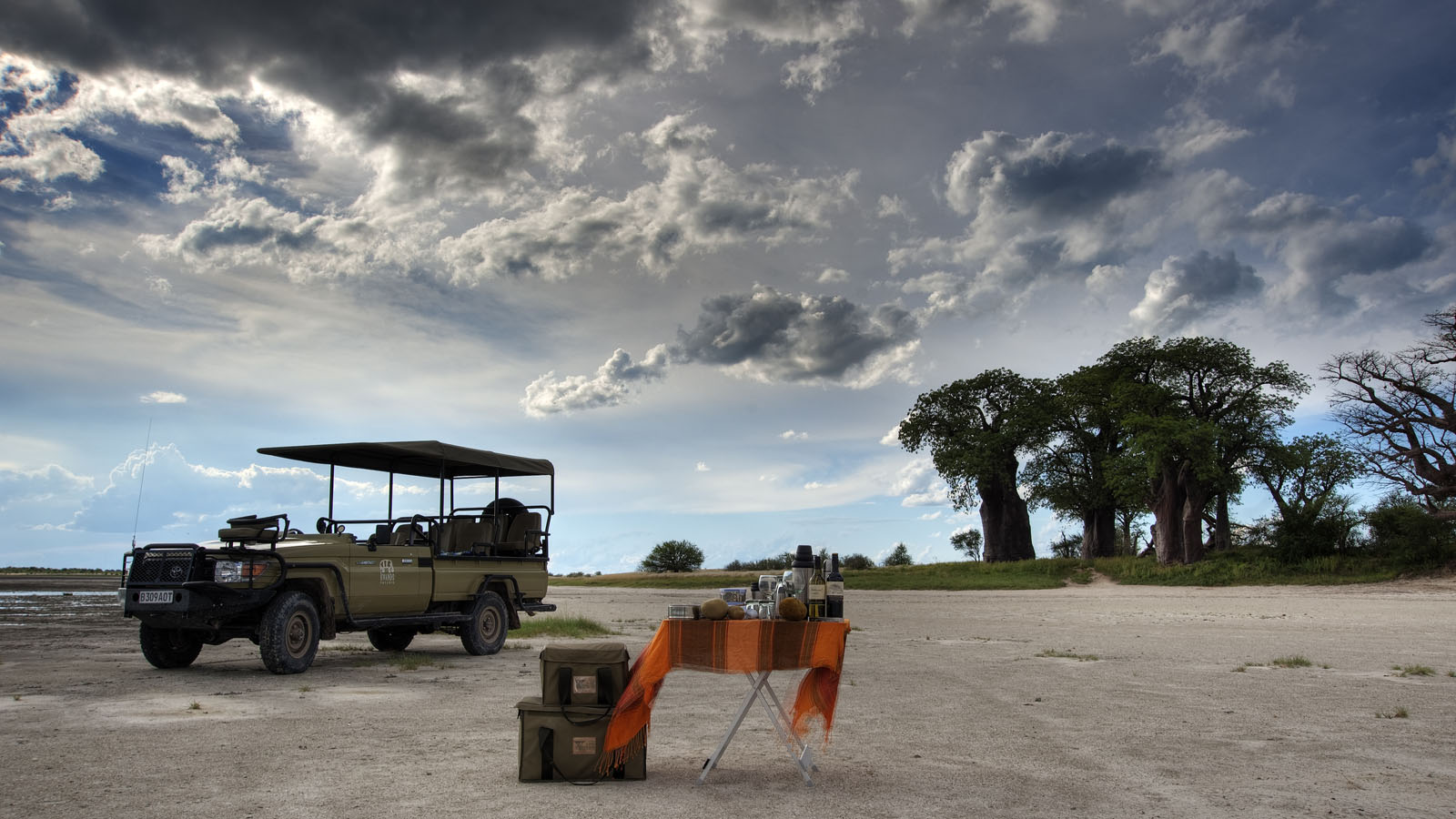Nxai Pan - The Details
Nxai Pan National Park lies just East of the Maun-Nata road and adjoins Makgadikgadi Pans National Park on its northern border. Nxai Pan was originally state land and an area of 1676 sq. km was declared a game reserve in 1970, and then in 1992 the boundaries were extended to include Baines Baobabs to give the present total area of 2578 sq km and National Park Status was granted. The Nxai Pans were once part of the great lake that covered central Botswana – which included The Okavango Delta, Makgadikgadi and Lake Ngami to name a few.
Livingstone passed this way during the middle 19th century and soon traders and explorers followed and it became an important trade route. Kgama Kgama pan in the centre of the park held water at that time and many travelers came here to replenish their water supply and to rest.
In 1861 – the famous painter Thomas Baines arrived to paint an unusual group of baobab trees – one of which lies on its side and hence these beautiful group of tree’s became known as “Baines Baobabs”. Other painters including Prince Charles have been captivated by these amazing trees and have also painted them. These are located on the southern side of the park.
The Pan itself is another fossil lakebed about 40 sq km in size. The landscape is largely covered by grassland and dotted with clusters of umbrella acacia tree’s and mopane woodland in the north. During the rains from November to April – the pans become covered in grass which is a landscape very similar to the Kalahari. Nxai Pan has also achieved fame from the IMAX movie “Roar” – where Tim Liversedge and National Geographic filmed this epic documentary that showcases a battle between an aging lion and a young challenger, who wants the older lion's wives and the water hole. A firm favourite with all who venture there, Nxai Pan embodies an
Africa Safari like no other.
